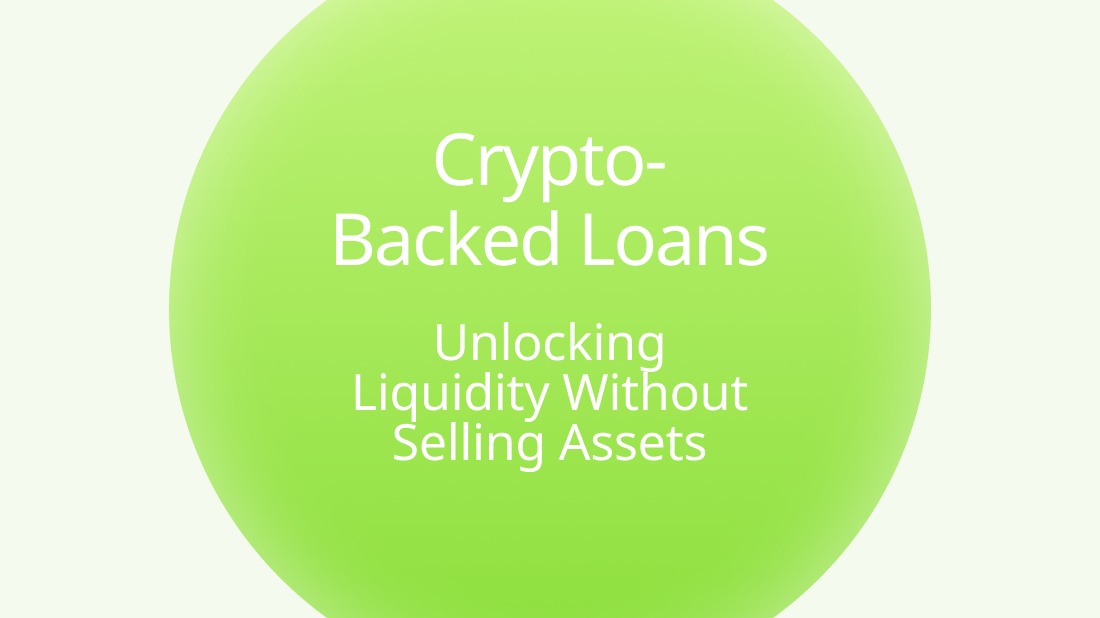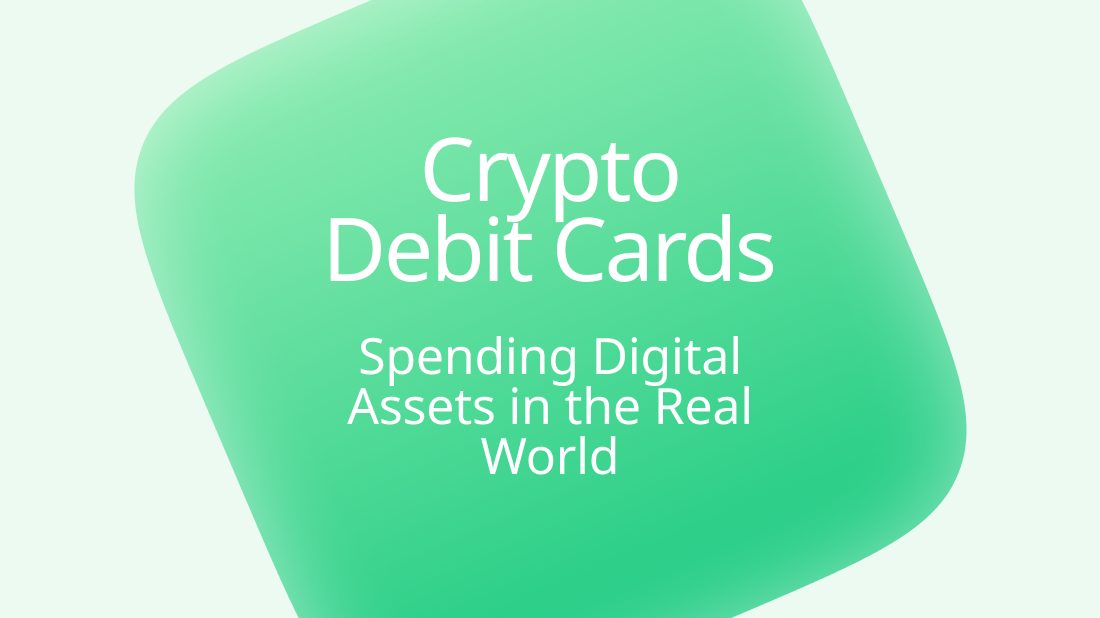Understanding Tokenomics: The Economics of Cryptocurrencies

In the rapidly evolving world of cryptocurrencies, understanding the economic principles that govern these digital assets is crucial. Tokenomics, a blend of "token" and "economics," refers to the study of the economic model of a cryptocurrency and how it influences the value and usability of the digital asset. This article delves into the intricacies of tokenomics, explaining how it impacts the overall cryptocurrency ecosystem and offering insights into the factors that drive the value of digital assets.
What is Tokenomics?
Definition and Scope
Tokenomics encompasses the design and structure of a cryptocurrency's economy, including its supply, distribution, and incentivization mechanisms. It examines how these factors influence user behavior, network security, and the overall value of the token. Essentially, tokenomics is the study of the economic model that underpins a cryptocurrency, providing a framework for understanding its market dynamics.
Key Components of Tokenomics
- Supply and Demand: The total supply of a cryptocurrency, its issuance rate, and mechanisms for reducing supply (e.g., burning tokens) play a significant role in determining its value. Demand is driven by the utility of the token, its adoption rate, and market sentiment.
- Utility: The specific use cases of a cryptocurrency, such as payments, governance, or access to decentralized applications (dApps), contribute to its intrinsic value. A token with multiple utilities is likely to see higher demand.
- Incentives: Economic incentives are built into the cryptocurrency's protocol to encourage specific behaviors, such as staking for network security or providing liquidity in decentralized finance (DeFi) platforms.
- Distribution: The initial distribution of tokens, including pre-mines, initial coin offerings (ICOs), or airdrops, affects the decentralization and equity of the network.
- Governance: The decision-making process within a cryptocurrency network, often facilitated by governance tokens, influences the adaptability and sustainability of the project.
How Tokenomics Affects Cryptocurrency Value
Supply Dynamics
Fixed Supply vs. Inflationary Supply
Cryptocurrencies like Bitcoin have a fixed supply cap, with only 21 million BTC ever to be created. This scarcity can drive up value as demand increases. On the other hand, cryptocurrencies with inflationary supplies continuously issue new tokens, which can dilute value if demand does not keep pace with supply.
Token Burning
Token burning involves permanently removing tokens from circulation, which reduces supply and can potentially increase value. This mechanism is often used to combat inflationary pressures and enhance scarcity.
Demand Drivers
Use Cases and Utility
A cryptocurrency with multiple and practical use cases is likely to attract more users, increasing demand. For example, Ethereum's ability to facilitate smart contracts and host dApps drives significant demand for ETH, its native token.
Network Effects
The value of a cryptocurrency often benefits from network effects, where the utility of the network increases as more participants join. A larger user base can lead to higher transaction volumes and greater security, enhancing the overall value.
Incentive Structures
Staking and Rewards
Many cryptocurrencies employ staking mechanisms where users lock up their tokens to secure the network and, in return, receive rewards. This incentivizes holding and reduces circulating supply, potentially increasing value.
Yield Farming
In DeFi, yield farming involves providing liquidity to earn rewards, which can drive demand for specific tokens. The promise of high returns attracts investors, impacting the token's value.
Governance and Adaptability
Decentralized Governance
Cryptocurrencies with decentralized governance models allow token holders to vote on protocol changes and improvements. This inclusivity can lead to more robust and adaptable networks, positively impacting value.
Developer and Community Support
Active development and a supportive community are crucial for a cryptocurrency's long-term success. Projects with strong developer teams and engaged communities are better positioned to adapt to market changes and innovate, driving sustained value.
Real-World Examples of Tokenomics
Bitcoin (BTC)
Bitcoin's tokenomics are characterized by a fixed supply of 21 million BTC and a deflationary issuance model. Every four years, the Bitcoin network undergoes a "halving," reducing the reward for mining new blocks by half. This reduction in supply growth, coupled with increasing demand, has historically led to price increases.
Ethereum (ETH)
Ethereum's tokenomics revolve around its utility as the fuel for executing smart contracts and running dApps. Ethereum's transition from a proof-of-work (PoW) to a proof-of-stake (PoS) consensus mechanism, known as Ethereum 2.0, aims to improve scalability and reduce energy consumption. Staking ETH in Ethereum 2.0 also locks up tokens, reducing supply and potentially increasing value.
Conclusion
Understanding tokenomics is essential for anyone involved in the cryptocurrency market, from investors to developers. The economic model of a cryptocurrency affects its value, usability, and long-term viability. By examining factors such as supply dynamics, demand drivers, incentive structures, and governance models, one can gain deeper insights into the potential success of a digital asset.
Tokenomics is a vital component of the cryptocurrency ecosystem, shaping how digital assets are valued and utilized. As the crypto market continues to evolve, a thorough understanding of tokenomics will be crucial for making informed decisions and navigating this dynamic landscape.












